
‘Mental firewood’ exhibition, Fragment gallery, artist Alexey Martins
Press photoSergei Guschin, a PR and communications expert, once visited the Venice Biennale with an artist friend. “We bought a
So, after two months of hard work, he opened a new gallery called Fragment in the center of Moscow. In the 18 months
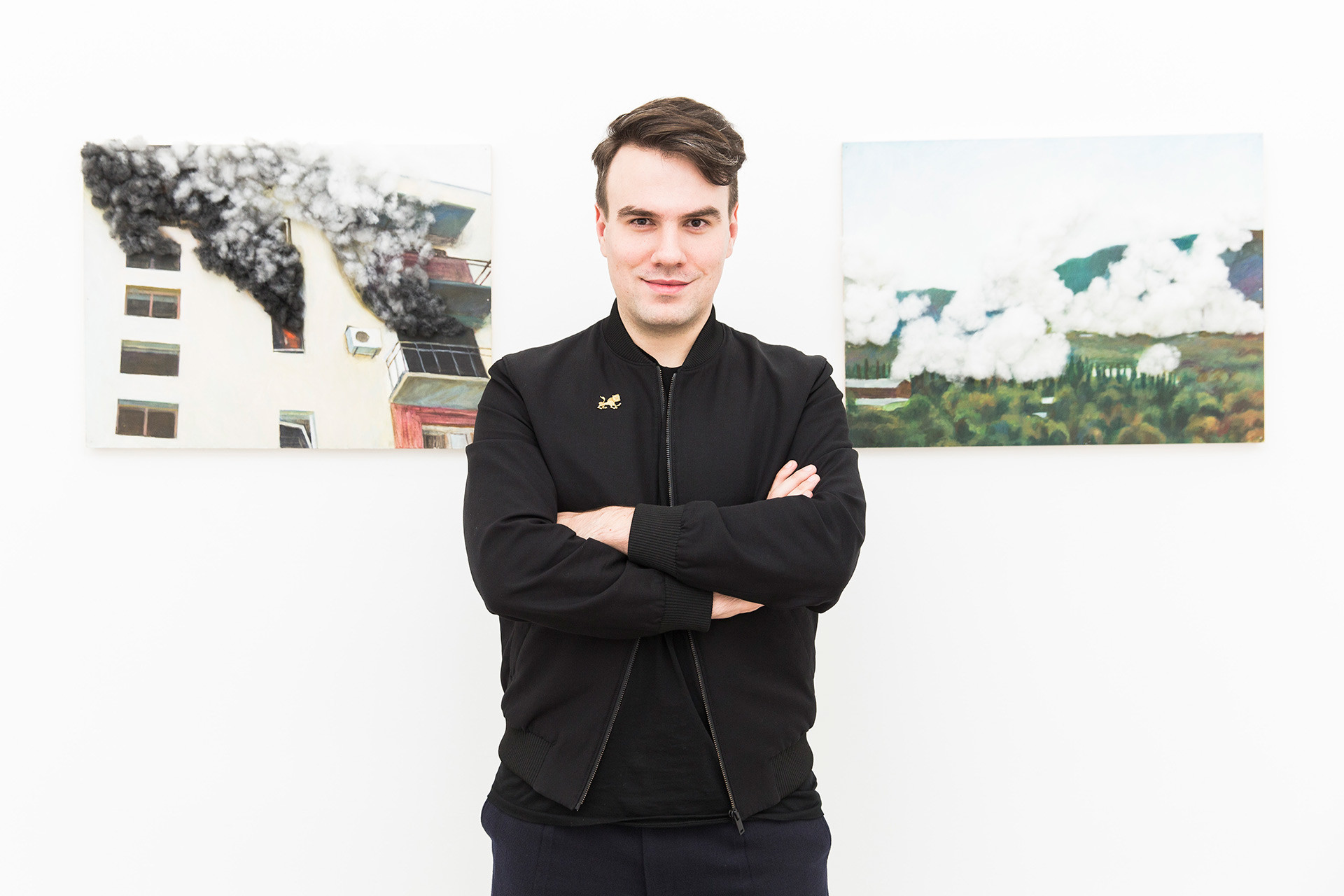
Sergei Guschin
Natasha PolskayaEverything Sergei invested—and is still investing—came from his own pocket. It is said in the art world that a modern gallery can only hope to break even after 3-5 years minimum. The gallery’s monthly outlays primarily cover the production of artists’ works, employees’ wages, and rent, which in central Moscow is 100-300,000 rubles ($1,500-4,500) a month.
“It's a myth that a gallery can turn a profit overnight. The first year’s result was 60% invested funds and 40% proceeds. For a modern art gallery, that's quite exceptional.” Sergei considered 80-20 to be an optimistic year one forecast. “It means we exceeded our target—maybe because we have a crop of great artists, and maybe because there’s
The price range at Fragment averages from 1,000 to 6,000 euros, but in rare
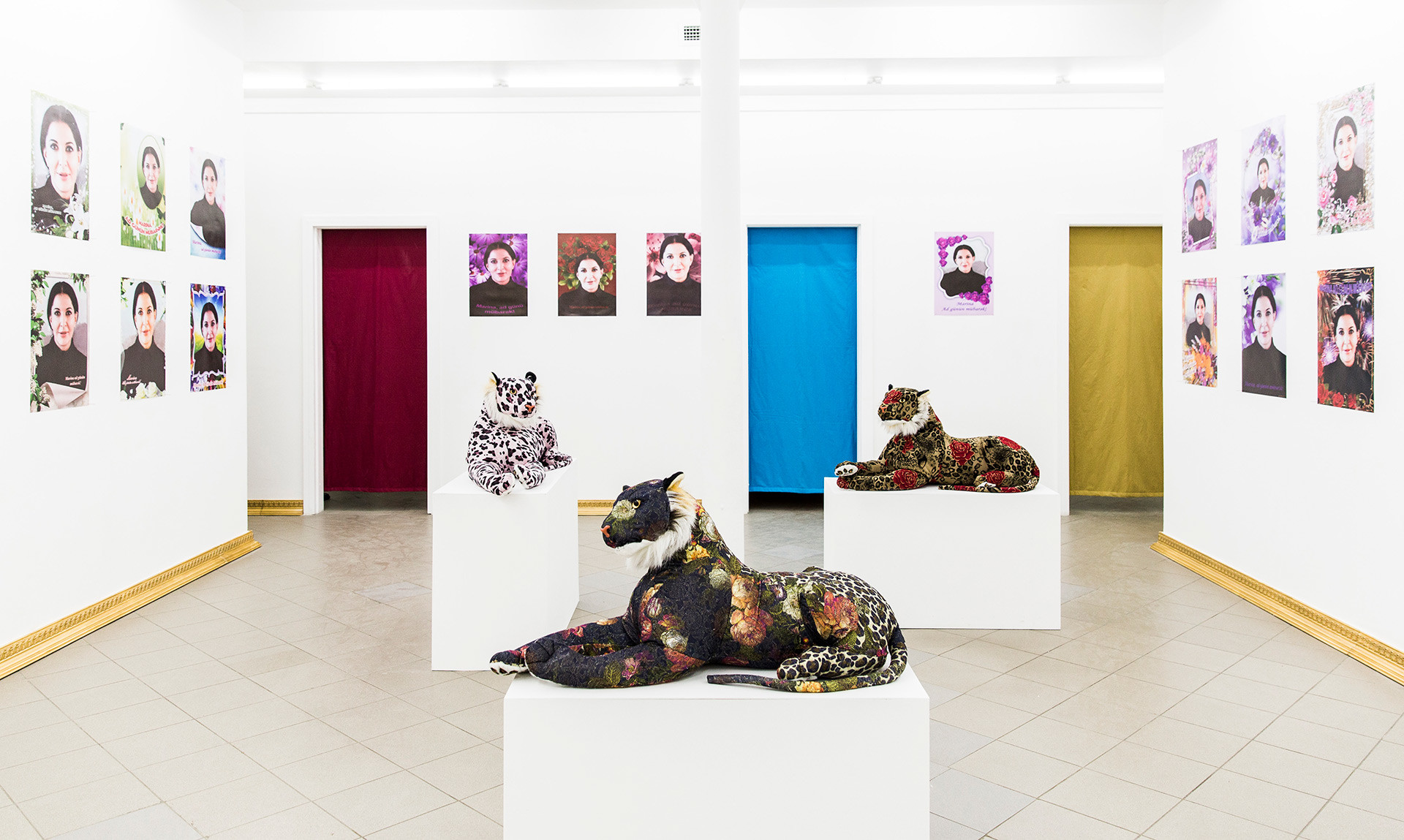
‘Azerbaijan Baroque’ exhibition, artist Farhad Farzaliyev
Press photoSergei looked at various sites, but central Moscow was always top of the list. There are, for example, large art clusters such as Winzavod where you benefit from being close to other cultural institutions. But in the end, Sergei's eye rested on a small former office building at Patriarch Ponds, with its own separate entrance. The old walls were demolished and new windowless ones were built.
Now Sergei is even glad that the gallery stands separate, not part of a cluster. What’s more, Patriarch Ponds is a superb location full of restaurants and teeming with people, especially on weekends and warm evenings. The building next door houses the Praktika Theater, which shows modern drama, hence supplying potential clients for Fragment.
In the past 18
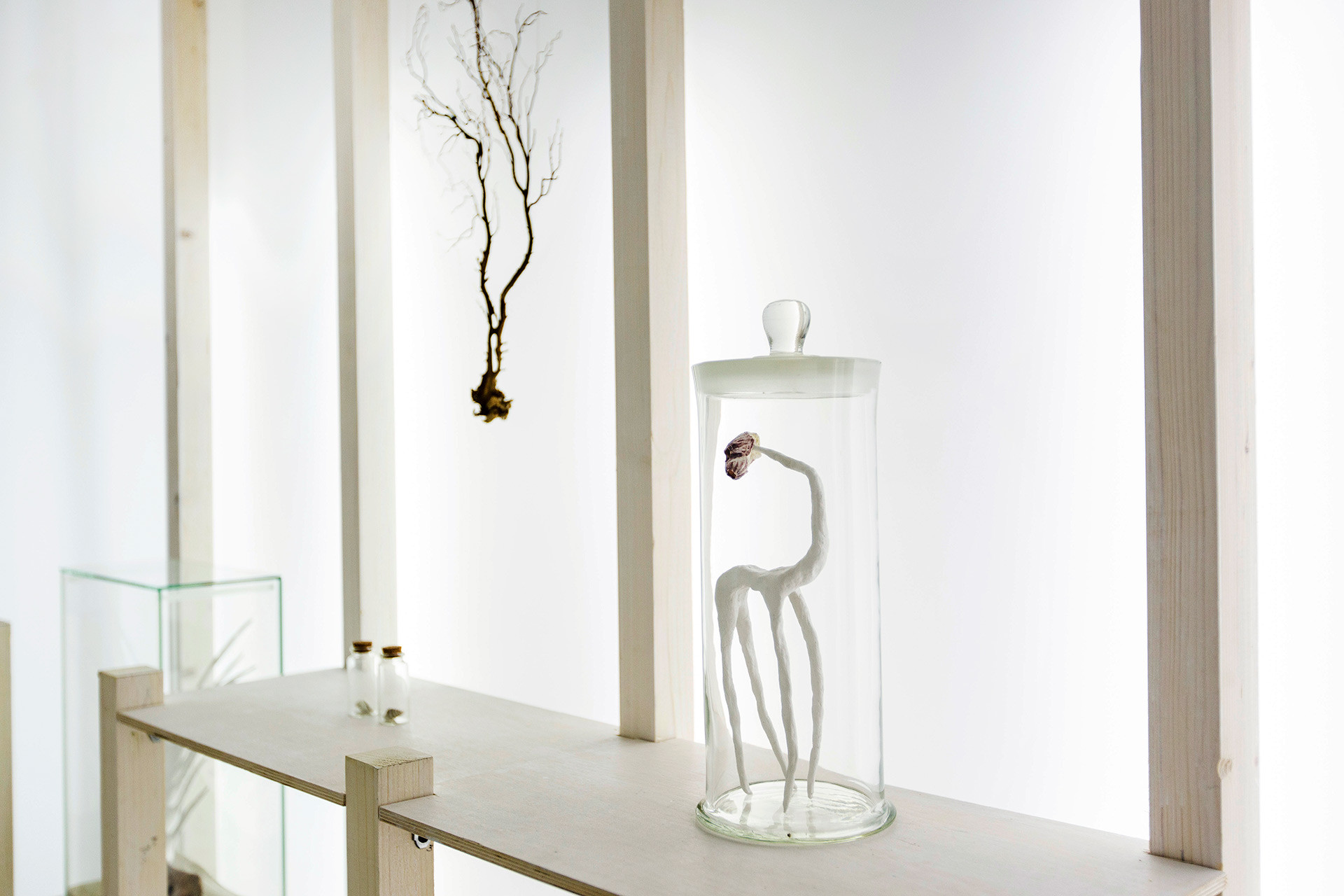
‘Preservation Instinct,’ Ilya Fedotov-Fedorov
Press photoThe first is to recruit 30-40 artists and constantly rotate their works in the exhibition space. “They spin like balls
Sergei chose the other route: select 4-5 artists and build their careers. The gallery additionally hosts exhibition projects with special guest artists and curators, as well as open calls. In such cases, the gallery can only sell the works on display and for a limited period.
Sergei works only with young artists all under the age of 35. In search of his team, Sergei perused the lists of all art school graduates and nominees of all awards.
He signs a contract with every artist recruited, specifying the gallery's percentage straight up. “We currently have exclusive rights contracts with two artists, Ilya Fedotov-Fedorov and Alexey Martins. Their participation in third-party exhibitions is coordinated with us.”
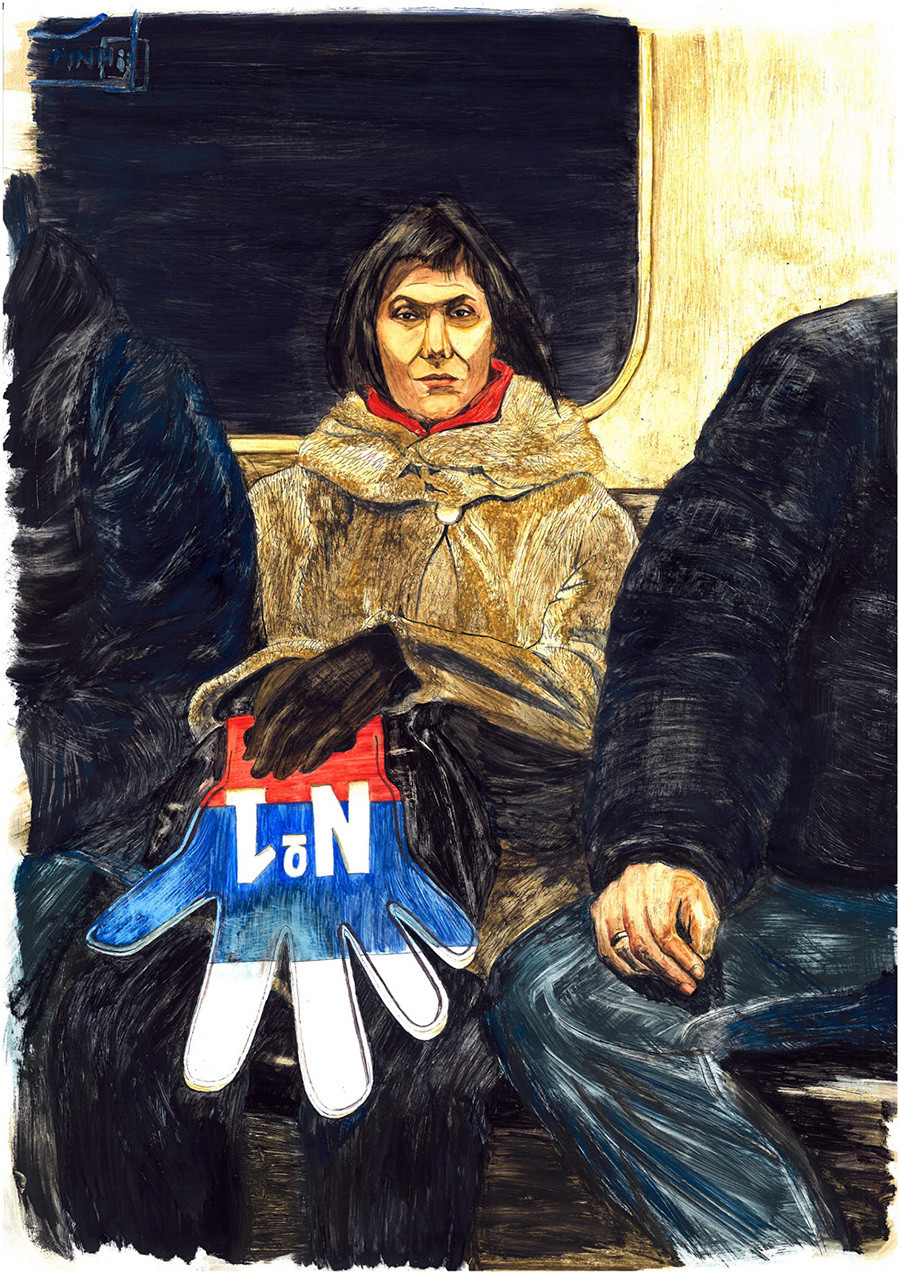
‘Metrorealism,’ Ilmira Bolotyan
Press photoSergei believes that the Russian art market is still weak, so it's important to find a good art consultant and a PR insider who knows the terrain. After that, the imagination is free to roam.
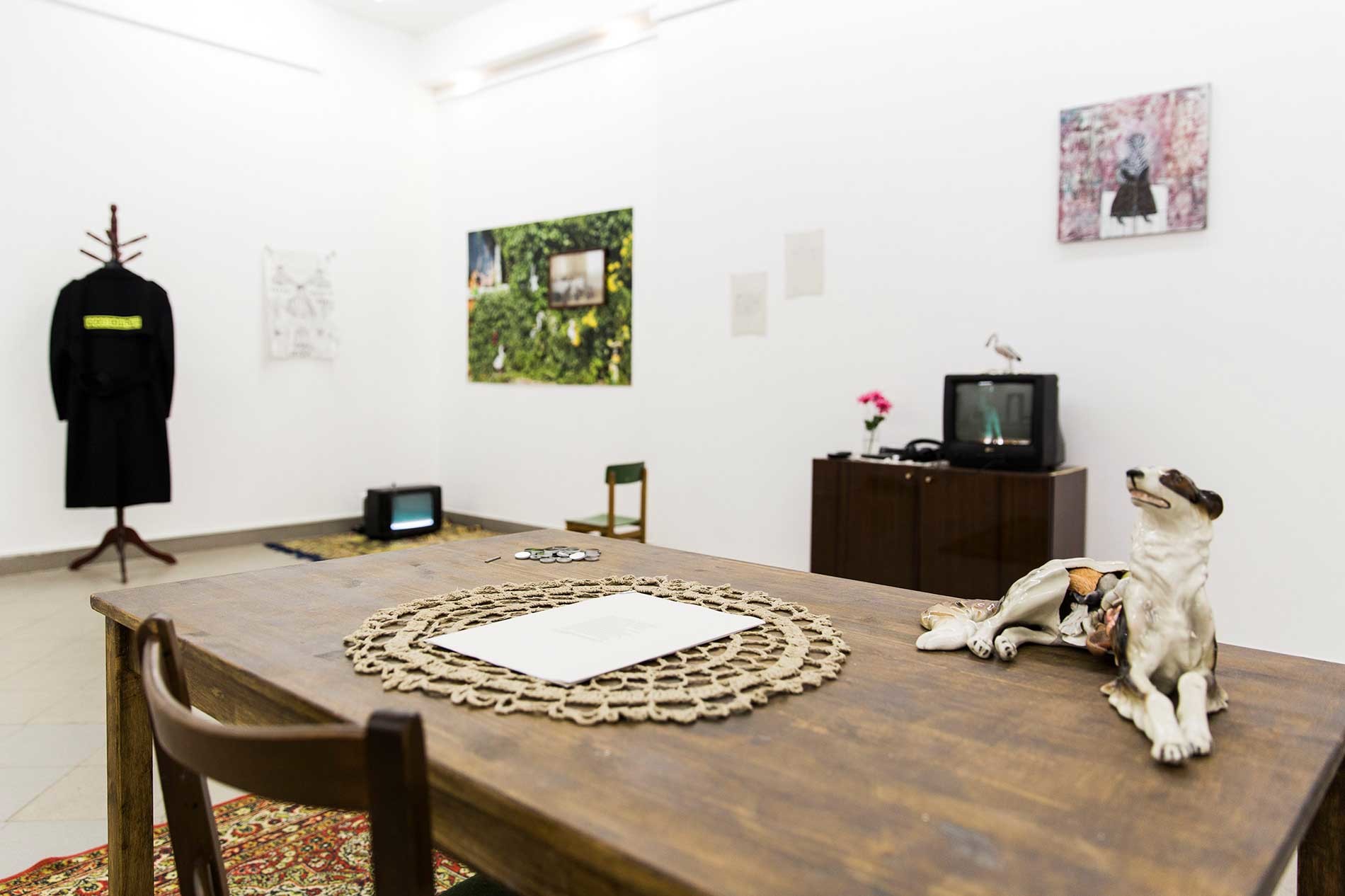
“Cemetery Dialogue,” group exhibition of winners of the open call
Press photo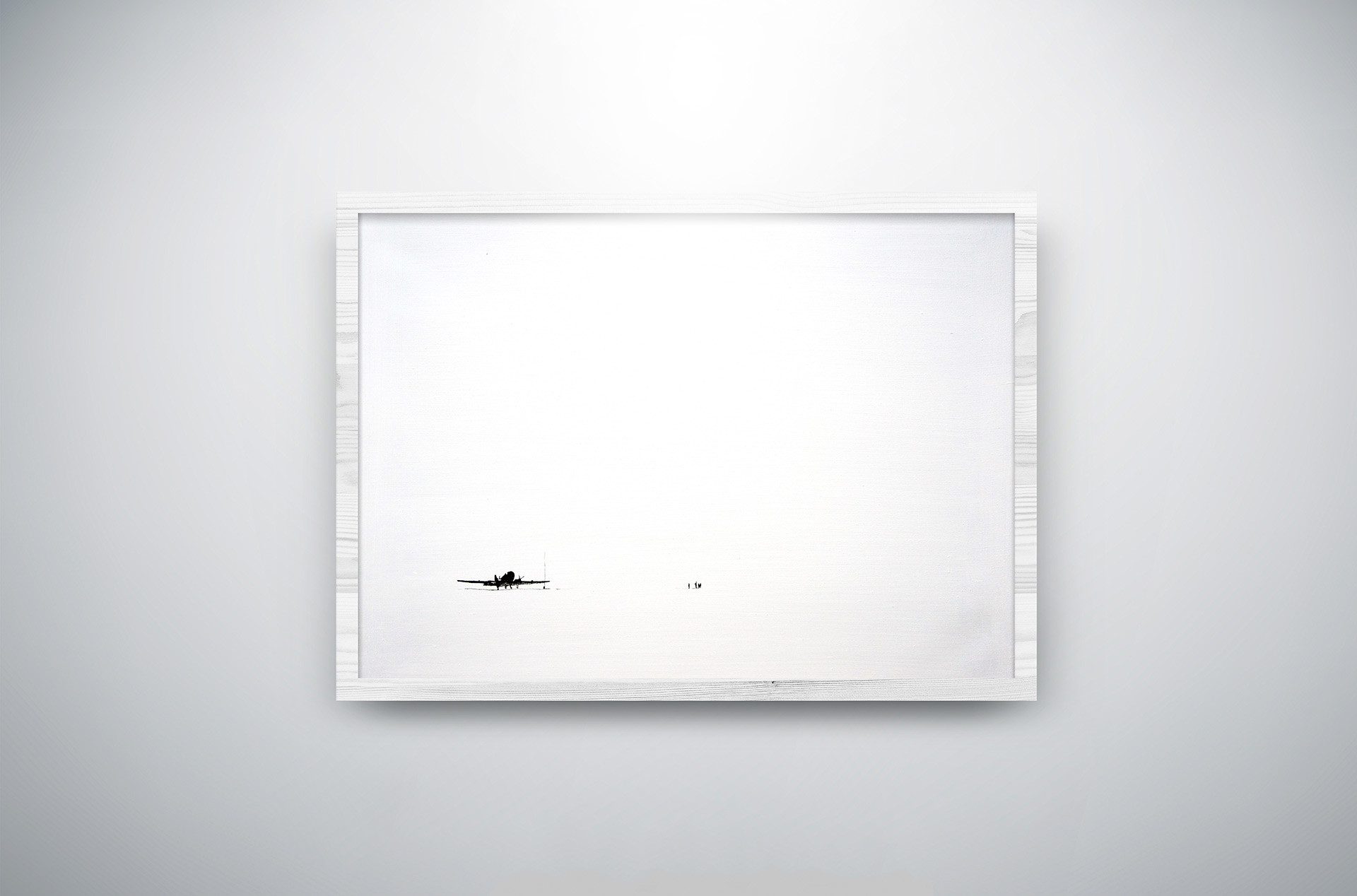
From the series ‘Polar explorers,’ Alexey Martins
Press photo“The best-selling works are painting and graphic art—the simplest and most lucid, something that can be hung on the wall. Next in line are other two-dimensional works, but this time more abstract and conceptual, followed by art objects.” But Sergei believes that collectors aren’t ready yet for complex art—it's more difficult to store, more breakable, a light bulb might die somewhere.
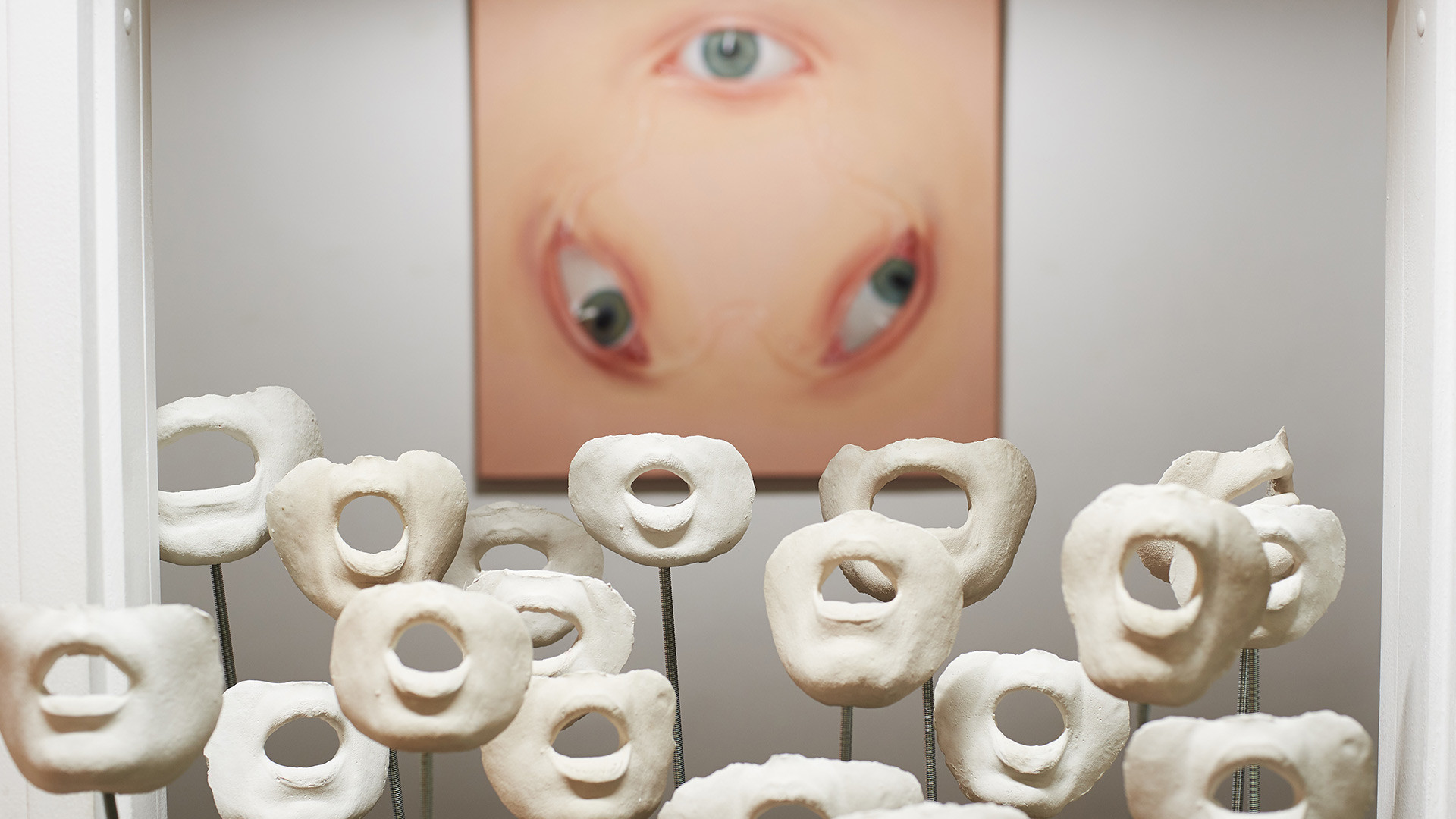
‘The Alienated Body,’ artists Elena Artemenko and Elena Yamlikhanova, curator Ilmira Bolotyan
Press photoArtists who participate in international residencies, exhibitions, and biennales have contact with the outside world and understand what it’s talking about. They pick up on topical themes in their work, which is very important.
“If you want top-dollar artists, they have to exist in a global context. Taking part in international fairs looks good on the CV and raises the artist's value.”
It’s also important to develop new markets. Recently, for instance, one of the gallery's artists featured in the SP Arte fair in Sao Paulo, where Fragment was the first Russian gallery ever to take part: “The interest in Russian art there was huge. In Brazil, it’s seen as exotic.”
Read more: Where to find contemporary art in Moscow and St. Petersburg
If using any of Russia Beyond's content, partly or in full, always provide an active hyperlink to the original material.
Subscribe
to our newsletter!
Get the week's best stories straight to your inbox